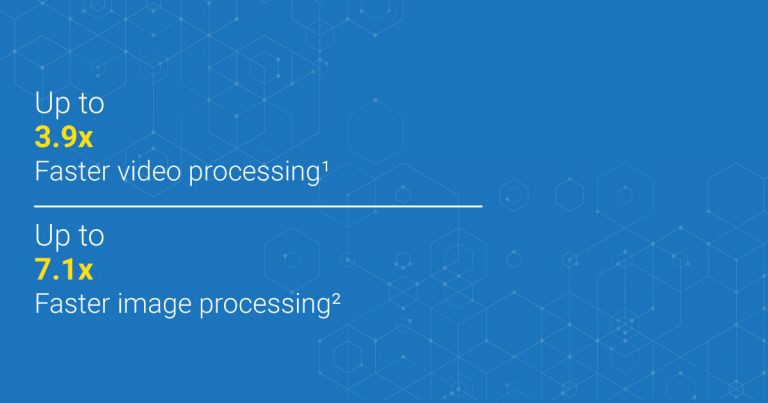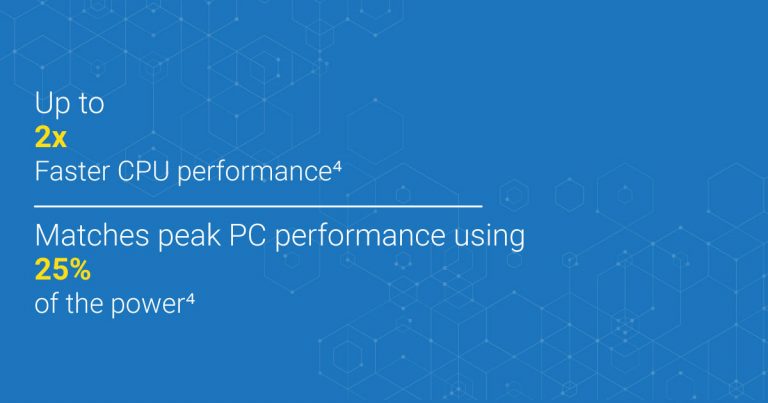blogs
Apple's M1: A feather in the cap?
Apple has recently announced the M1 SoC(System on Chip) to cater to its MacBooks and other devices. Apple says, “Small chip, Giant Leap“. Let’s see if it is a feather in the cap or a dime a dozen.
M1 is an ARM-based chip. Before M1, Mac used multiple chips for Input/Output, Memory, etc. With the advent of M1, all such chips are integrated into a single SoC. Billions of transistors have been packed into M1 making it the most number of transistors Apple has ever put on a single chip.

M1 uses UMA(Unified Memory Architecture) that makes accessing the same data between multiple memory pools without having to copy it, thereby increasing the efficiency and decreasing the latency.
Apple is known to state the performance parameters of any of its newbies in terms of the performance of its previous generation. Likewise, here is what Apple has stated:
What improvements does M1 bring to the battery life?
M1 has specialized features that enable the chip to smartly allocate tasks between its efficiency cores and performance cores, consequently enhancing the battery life like never before.
Apple opted for an in-built graphics processor. It has 8 GPU cores to handle intensive graphics. “GPU in M1 is the most advanced graphics processor we’ve ever built” – Apple said.
Did Apple keep up what it said?
Apple’s MacBook products were launched a few weeks ago, featuring the M1 chips. As Apple stated, battery life was magnificent. It drew low power with no compromise in performance. It did perform better than the equal Mac rivalries powered by Intel chips.

When coming to the performance of the M1 in MacBook pro 13”, the Geekbench score of a single core was 1285 and the multi-core was 5665, making it one of the highest ever scores of any laptops Apple has ever made. (Thanks to MKBHD who provided us with the Geekbench Scores). But, it’s not the fastest ever laptop that the Earth has ever seen.
So far, M1 seems pretty promising, right? But, does that mean it’s flawless? Nope! It has some downsides too.
The M1 has integrated RAM and memory. It means we have to stick to the numbers whatever Apple offers. There’s no provision for extension of RAM or Memory.
The next big challenge comes in the form of, “Optimization”. Currently only a very few apps and software are optimized to run on M1. Other non-optimized apps can run through emulation. Optimized apps perform out rightly well. Even non-optimized apps can run, but they’re not the best. There may be occasional hiccups. This optimization seems to pose a problem for Apple. For example, the optimized Adobe Photoshop isn’t going to come soon. So, Photoshop users cannot really experience the raw feel and outrageous performance on Apple devices with M1. The same applies to much other software as well.

To conclude, Apple has ticked most of the boxes. But, it really takes some more time for the M1 to establish itself and provide the hardcore experience it is meant to give. Let’s wait and see what Apple will do in the upcoming launches.


